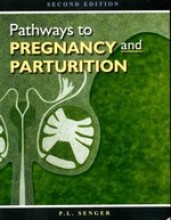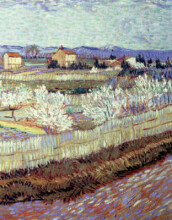Regulation of Homeostasis - Homeostasis and Behaviour
11 important questions on Regulation of Homeostasis - Homeostasis and Behaviour
What, why and where of aldosterone?
Steroid hormone, secreted by the adrenals and conserves sodium (salt) for the regulation of the body.
Foraging strategies of salt when a homoeostatic function in the body is not working.
When there is a shortage of salt, hormones produce a behaviour to make the body want the compensate the shortage. When salt is short, the tendency to drink seawater is present, while that is normally absent from a person with normal functioning organs. When there is a shortage of salt, it is secreted with the urine, this means that the resorption of salt in the kidney's is not working properly. Aldosterone is the hormone that causes retention of water and therefor salt in the kidney's, preventing it from flowing to the bladder.
Allostasis: The process of maintaining stability via physiological or behavioural changes
This is achieved through alteration in hypothalamic-pituitary-adrenal axis hormones, the autonomic nervous system, cytokines, or a number of other systems and is generally adaptive in the short term.
The play between physiology and behaviour enhances survival. Behaving in such a way, that the homeostasis in the body is maintained.
- Higher grades + faster learning
- Never study anything twice
- 100% sure, 100% understanding
Allostatic load in free-ranging animals (for example poikilotherm): primarily reflective of the availability of food and shelter.
Animals will be looking for such an environmental temperature that the body temperature will be around 37 celsius in a healthy body. When contaminated with bacteria, the animal will have the tendency to search for a feverish temperature.
Body fluid compartments
Body fluids are containted in seperate but interacting compartments.
intracellular, interstitial fluid and blood plasma.
Endocrine regulation of hypovolemic thirst: renin-angiotensin-aldosterone system (fig 9.12, 9.13) and vasopressin
Kidney's make renin (enzyme) when the blood pressure drops, this converts angiotensinogen into angiotensin and angiotensin stimulates drinking behaviour. and the blood pressure rises. When Angiotensin in made, it stimulates the production of aldosterone in the adrenal gland, for maintaining the fluid balance. (reducing the amount of water excreted by the kidney's towards the baldder). And when the blood volume drops, the vasopressin kicks in, reduces the blood vessels. increasing blood pressure.
Sodium balance: example of the Australian rabbit populations; desert kangaroo rats
The desert is a sodium rich environment. To maintain the sodium balance in the body, they must remove a lot of sodium from the body and reduce salt intake. Therefor a lot of sodium is excreten in the urine, and since water is scarce, not a lot of water. Aldosterone in these animals is low, retention is extremely efficient.
What are the definitions of preference threshold and detection threshold.
Preference threshold is determined by serial dilutions. The lowest concentration at which preference for the solution over water can be maintained.
detection threshold, the concentration at which the animal can tell the difference between solutions. These two parameters are not necessarily identical.
Think about the rats that want to drink saline water, but have to drink sodium water to compensate for the adrenalectomy.
Energy balance - what is used for the long and short term as energy source?
Adipose (fat) tissue for the long term, because the body cannot constantly eat and the excess amount of energy is stored here. Glucose and carbohydrates are more for short term use.
metabolism in fed state: postprandial phase and post absorptive phase. (9.17)
postprandial phase --> immediately after the ingestion of food. When you eat, there is a surplus of energy after a meal, ready to be used later on. The excess energy is stored during the postabsorptive phase. Metabolic fuels are the result of breaking down the food.
post absorptive phase --> insulin rises and glucagon secretion falls. Insuline stimulated the glucose convertion into glycogen (in the liver). It transports the glucose into muscle cells. it causes glucose oxidation and lipogenesis (storage of fat), and it prevents the breakdown of glycogen in the muscles and liver cells.
Phases of insuline release: cephalic phase; gastrointestinal (GI) phase.
cephalic phase, insuline causes the stimulation of food intake. Your senses and hunger are triggered
gastrointestinal (GI) phase --> The storage of excess nutrients taken in during a meal occurs when insuline is released in response to absorption of nutrients in the gut.
The question on the page originate from the summary of the following study material:
- A unique study and practice tool
- Never study anything twice again
- Get the grades you hope for
- 100% sure, 100% understanding































